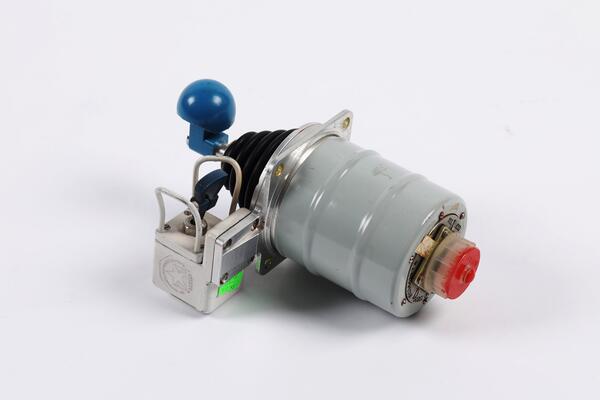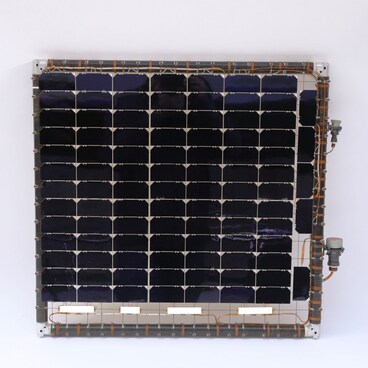In 1989 Alexandr Serebrov, Soviet pilot and cosmonaut, Hero of the Soviet Union, and Honored Citizen of Kirov, made his third space flight. During his mission Alexandr Serebrov went on 5 spacewalks in order to test a new autonomous cosmonaut mobility device, or ‘space motorcycle’. Alexandr Serebrov himself compared it to a mini rocket on which the cosmonaut can sit, wearing his space suit. The hand-held control allowed the rider to operate the ‘space motorcycle’, make adjustments to its course and steer it in any direction. Two of these hand-held controls were sufficient to fully operate the device.
The ‘space motorcycle’ was developed to be used together with the Orlan DMA space suit on the Mir space station and the Buran space shuttle. The main body of the device was a large backpack which supported the entire mechanism of the device, enabling it to operate. The backpack also held two twenty-liter cylinders of compressed air, which was expelled from 32 nozzles in bursts, each about a second in duration, which propelled the vehicle, and its rider, in open space. The nozzles, in each corner of the backpack, allowed the device to move in a straight line and to rotate on all three axes. The device had two operation modes — economy and high-speed. In the first mode the linear and rotational speeds were limited in the vicinity of the space station or the target satellite.
In the test rides the ‘space motorcycle’ remained within 35–40 meters of the space station, and the rider was attached to the station with a hoist, for reasons of safety. The whole construction weighed about 150 kilograms, and could travel at 1 m/s. It could be used for 6 hours. Alexandr Serebrov ‘flew’ around the Mir space station using this motorcycle. But because of its large size, and the fact that it was not very convenient for working in space, the device was not used on any further missions.
The ‘space motorcycle’ was developed to be used together with the Orlan DMA space suit on the Mir space station and the Buran space shuttle. The main body of the device was a large backpack which supported the entire mechanism of the device, enabling it to operate. The backpack also held two twenty-liter cylinders of compressed air, which was expelled from 32 nozzles in bursts, each about a second in duration, which propelled the vehicle, and its rider, in open space. The nozzles, in each corner of the backpack, allowed the device to move in a straight line and to rotate on all three axes. The device had two operation modes — economy and high-speed. In the first mode the linear and rotational speeds were limited in the vicinity of the space station or the target satellite.
In the test rides the ‘space motorcycle’ remained within 35–40 meters of the space station, and the rider was attached to the station with a hoist, for reasons of safety. The whole construction weighed about 150 kilograms, and could travel at 1 m/s. It could be used for 6 hours. Alexandr Serebrov ‘flew’ around the Mir space station using this motorcycle. But because of its large size, and the fact that it was not very convenient for working in space, the device was not used on any further missions.



